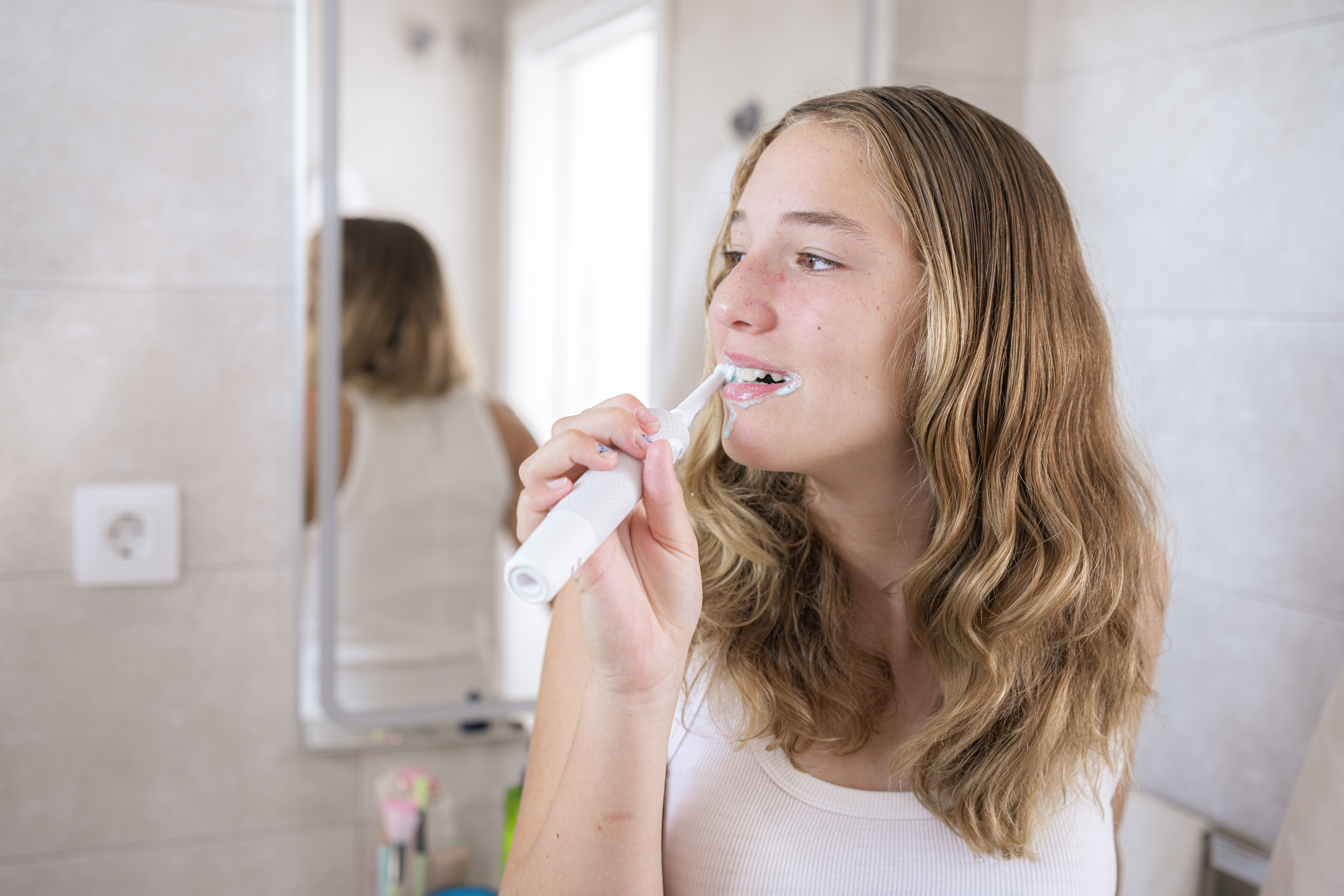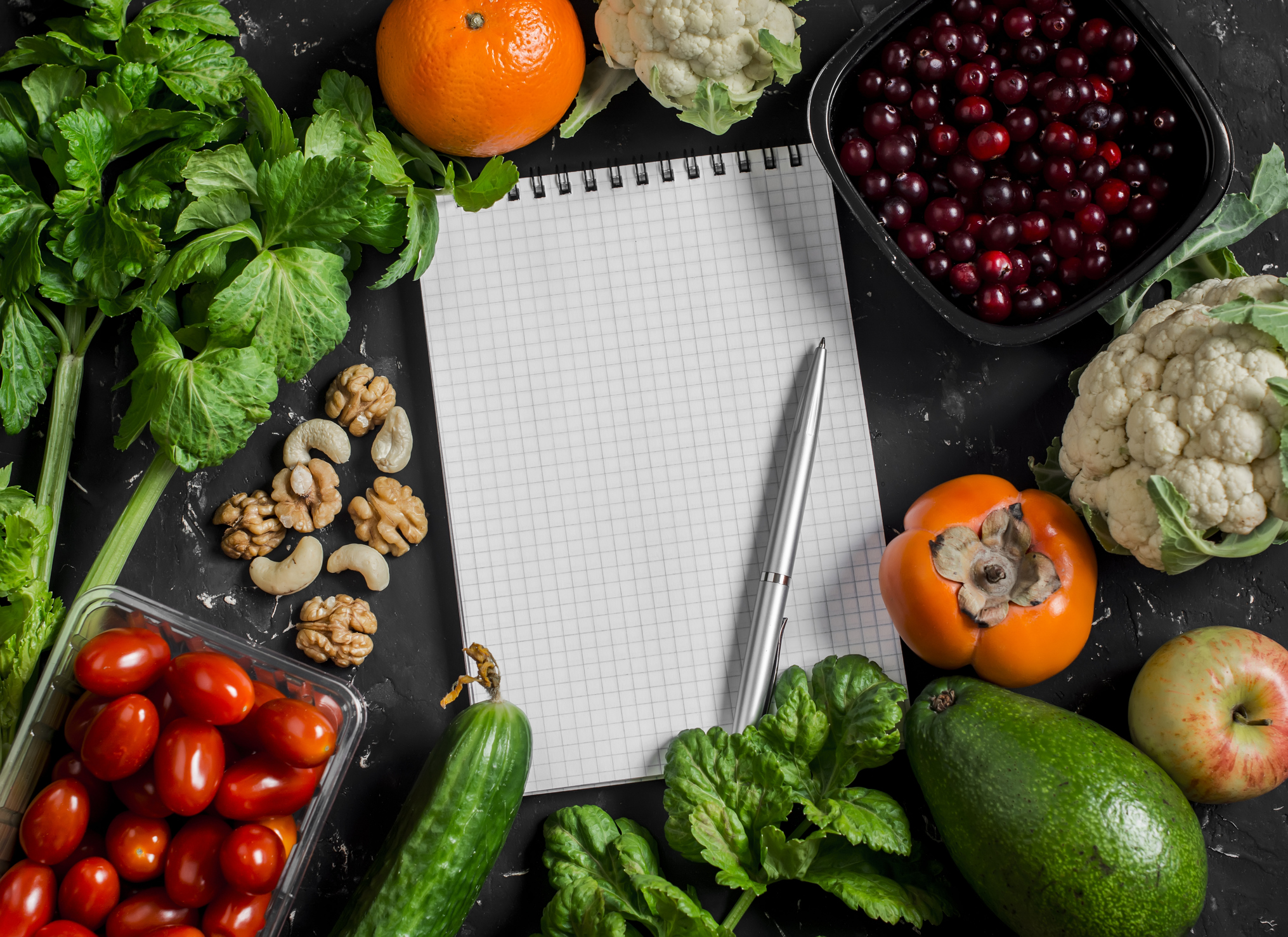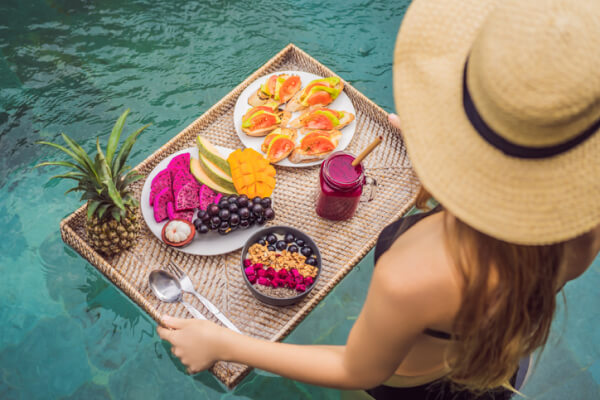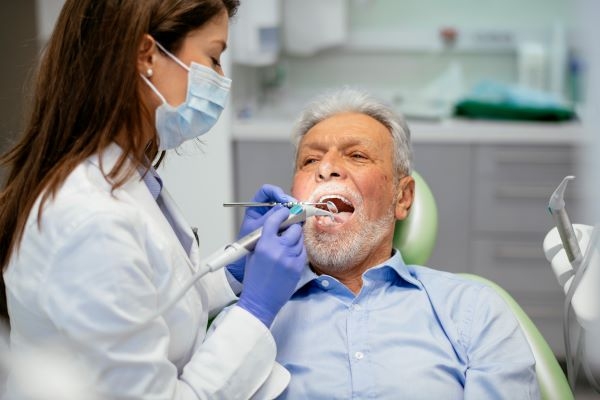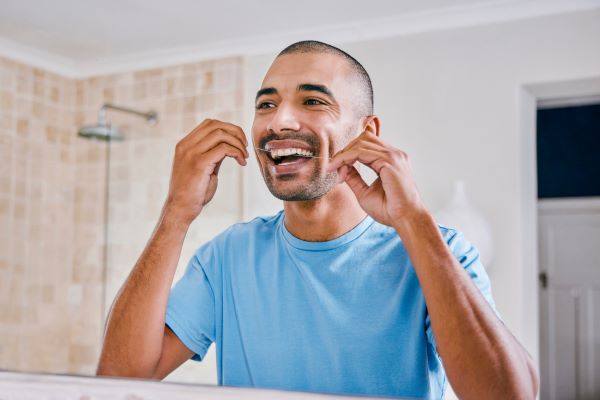-
More Australians than ever are slathering on sunscreen and covering up while they’re out in the sun.
At the same time, we know that we need some sun exposure to get an adequate amount of vitamin D, which plays an important role in our health.
Research shows that almost one in four Australians have a Vitamin D deficiency. However, there are a number of factors that have an impact on your level of risk.
- Where you live: Vitamin D deficiency is more prevalent in south-eastern states, including South Australia, Tasmania, Victoria and the ACT.
- The season: Most Australians have adequate vitamin D levels over summer. However, the percentage of people with Vitamin D deficiency increases to between 39 and 49 per cent during winter in the the south-eastern states.
- Your skin type: Vitamin D deficiency is more prevalent amongst people with naturally darker skin, or people who cover their skin for religious reasons.
Let’s take a look at how to strike the right balance for your health.
The benefits of vitamin D
When your skin is exposed to sunlight, the UVB rays react with a protein in the skin, which then coverts into the active form of vitamin D.
Vitamin D is primarily responsible for controlling calcium levels in the blood, and is important for bone and muscle health. It offers protection from osteoporosis and other musculoskeletal conditions.
Vitamin D could also play a role in preventing and treating conditions such as type 1 and type 2 diabetes, hypertension, glucose intolerance and multiple sclerosis.
MORE: Do you really need vitamin supplements?
Producing enough Vitamin D without risking skin cancer
The reality is, we live in a country where skin cancer is a huge issue. According to the Cancer Council sunburn causes 95% of melanomas, the most deadly form of skin cancer. This means you should never compromise on sun protection in an effort to boost your levels of Vitamin D.
We know the sun is the best source of Vitamin D, but how do you balance the risk?
When the UV index is 3 or above
The advice is simple, if the UV index is 3 or above, usually in summer, and you are outside for more than a few minutes, you need to apply sunscreen and use other sun protection measures. The majority of Australian adults will be able to maintain adequate vitamin D levels from sun exposure during typical day to day outdoor activities in summer.
When the UV index is below 3
If the UV index is below 3 (generally during late autumn and all winter) Cancer Council advises most people can safely spend a small amount of time outdoors in the middle of the day, without sun protection.
UV Index in selected Australian cities averaged over the days in each month1
Vitamin D in the sunburnt country

-
Sensible sun protection does not put you at risk of vitamin D deficiency. So if you haven’t covered up or applied sunscreen, you only need to spend a few minutes outdoors each day in summer, and a couple of hours spread out over the week in winter.
Download the Cancer Council’s SunSmart app to your phone for an up-to-the-minute UV rating. It will tell you whether sun protection is recommended based on your location, skin type and the time of day and even has a specific section related to Vitamin D production.
1. Gies P, Roy C, Javorniczky J, Henderson S, LemusDeschamps L, Driscoll C. Global Solar UV Index: Australian Measurements, Forecasts and Comparison with the UK. Photochemistry and Photobiology, 2004; 79(1): 32-39.
* Hobart data is supplied from personal communication from ARPANSA.
-
Do you need an electric toothbrush?
Which toothbrush scrubs up best?
-
Dietitian, nutritionist or naturopath: What’s the difference?
Who should you see for professional dietary advice?
-
5 ways to eat healthy while travelling
Come home feeling refreshed, fit and energised.
-
How often should you get your teeth cleaned?
We spoke to Medibank Members’ Choice Advantage dentist Dr Jonathan Cichero to find out.
-
Daily habits for good oral health
Do you really need to floss? Is an electric toothbrush better than a manual one? Find out which habits to make (and which ones to break) for better oral health.
-
How to conquer your fear of the dentist
Dr Merrilyn Hooley's tips for a less stressful dental appointment.
Subscribe to receive the best from Live Better every week. Healthy recipes, exercise tips and activities, offers and promotions – everything to help you eat, move and feel better.
By clicking sign up I understand and agree to Medibank's privacy policy

